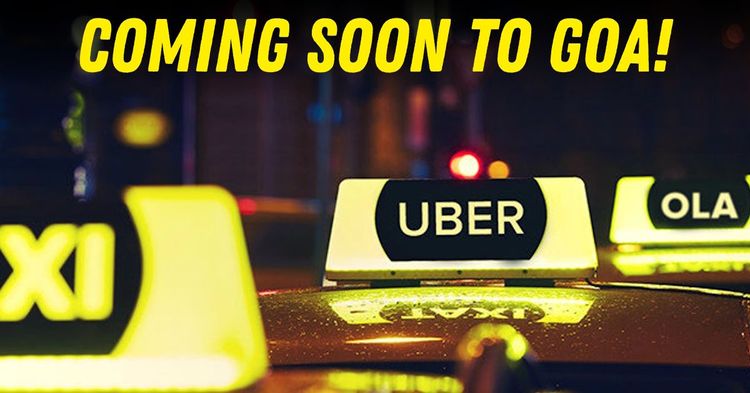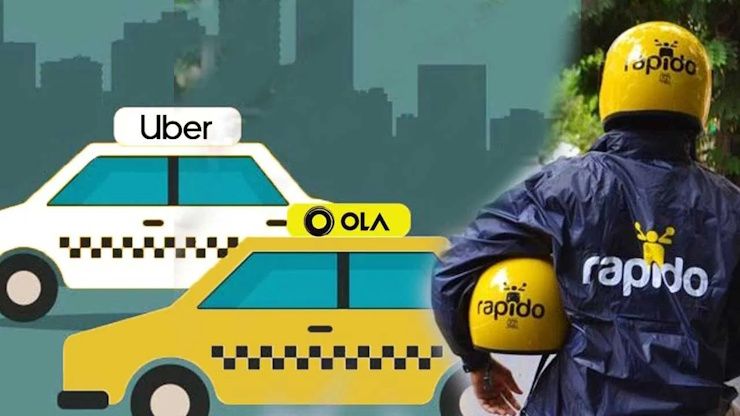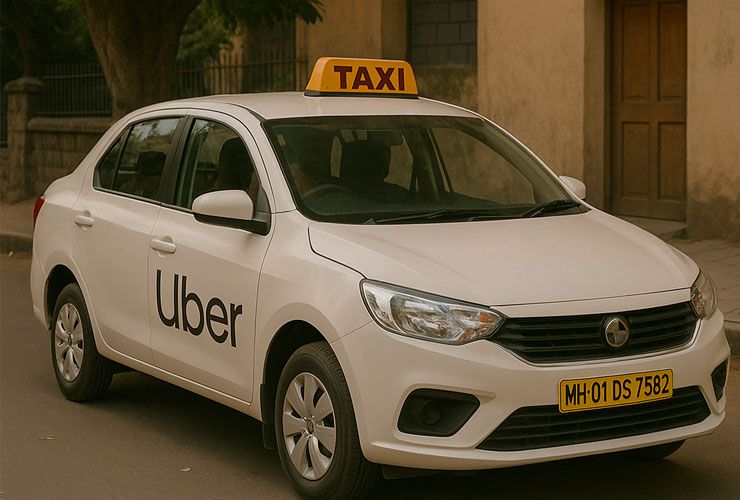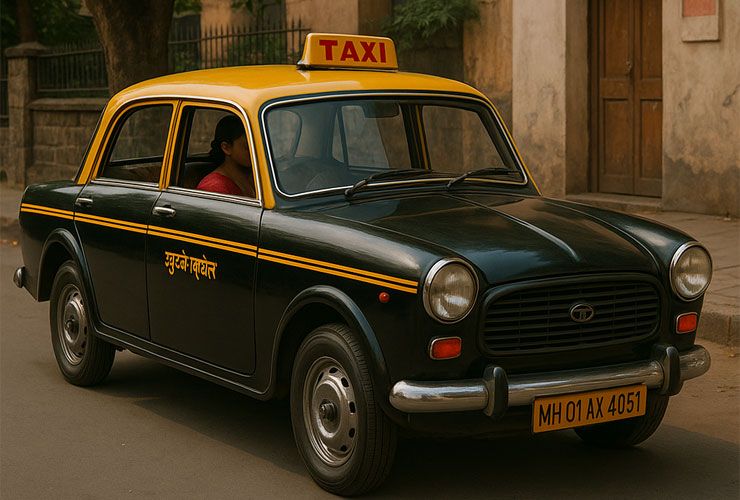Why Is Goa So Resistant To Ola, Uber And Rapido? We Explain


The sun-soaked beaches of Goa have long been a paradise for tourists, but getting around the coastal state has remained a uniquely frustrating experience. While the rest of India embraced app-based taxi services years ago, Goa has steadfastly resisted the digital revolution. The reason isn't technological backwardness or bureaucratic delays. It's pure economics, and the stakes could not be higher for the state's taxi drivers.

To understand Goa's taxi conundrum, one must first grasp a fundamental difference: taxi driving in Goa is not just a survival job. It is a ticket to middle-class prosperity. Unlike their counterparts across India who scrape together modest earnings, Goan taxi drivers command premium rates that would make their peers in Mumbai or Delhi envious.
A typical short ride that costs ₹100 in most Indian cities can easily fetch ₹500 to ₹1000 in Goa. During peak tourist season, these rates climb even higher. For many drivers, this is not exploitation. It is their pathway to homeownership, children’s education, and financial security. The absence of app-based competitors has allowed this pricing structure to flourish unchallenged for decades.
The mathematics are stark. Where an Uber driver in Bengaluru might earn ₹15,000 to ₹20,000 monthly after commission deductions, a Goan taxi operator can comfortably make ₹40,000 to ₹60,000 during tourist season. This is not just a wage difference. It represents entirely different social classes.

The Goa government’s recent draft Transport Aggregator Guidelines 2025 attempts to thread an impossible needle. The proposed framework promises that drivers will receive "100% of government-notified fares" while allowing platforms like Uber and Ola to operate. On paper, this sounds like protection for local drivers. In practice, it signals a fundamental restructuring of Goa's taxi economy.
Government-notified fares in Goa, whilst higher than other states, remain significantly below the premium rates currently charged by independent operators. The North and South Goa Taxi Unions understand this mathematics perfectly, which explains their fierce opposition to the guidelines. Their resistance is not mere protectionism. It is economic self-preservation.
The draft guidelines also reveal the government's attempt to modernise through incentives. Female drivers receive substantial subsidies for electric vehicles, and companies with 20 percent female participation get licence fee waivers. However, these progressive measures do not address the core economic concern: the inevitable downward pressure on earnings once platforms establish a market presence.

Goa's taxi unions raise a prescient point about platform regulation that extends beyond their immediate concerns. Across India, ride-hailing apps initially attracted drivers with minimal commissions and generous incentives. Once market dominance was achieved, commission rates climbed steadily. Uber and Ola now typically charge 20 to 30 percent commissions, with some markets seeing rates approach 40 percent.
This pattern explains why newer platforms like Rapido have adopted subscription-based models instead of commission structures. Even Uber recently shifted to daily fees for auto-rickshaw drivers in response to competitive pressure. The Goan taxi operators, observing these market dynamics, naturally fear a similar trajectory.
Their concern is not unfounded. Platform economics typically involve initial subsidisation to gain market share, followed by monetisation once customer habits are established. For drivers who have built their livelihoods around premium pricing, this represents an existential threat.

Goa's unique tourism-dependent economy creates additional complications. The state receives over 10 million visitors annually, nearly seven times its resident population. This massive influx creates temporary but intense demand that traditional economic models struggle to accommodate.
Tourist-heavy periods generate extraordinary income opportunities that platform-standardised pricing would likely diminish. During peak season, surge pricing might partially compensate, but the unpredictable nature of algorithmic pricing creates uncertainty that many drivers find unacceptable.
The proposed guidelines attempt to address this by requiring platforms to pass full government fares to drivers, but they remain silent on surge pricing mechanisms. This regulatory gap leaves crucial questions unanswered about how drivers will maintain income levels during high-demand periods.
The resistance to app-based services also reflects deeper concerns about autonomy and business ownership. Many Goan taxi operators view themselves as independent entrepreneurs rather than service workers. Platform employment, regardless of commission structure, fundamentally alters this relationship.
The unions' demand to scrap the guidelines entirely, rather than negotiate modifications, suggests this is not merely about money. It is about preserving a way of life that has provided economic mobility for thousands of families.
As the June 2025 deadline for public feedback approaches, Goa stands at a crossroads. The state's tourism industry increasingly demands modern, transparent transportation options, while its taxi operators fight to preserve their economic foundation. The resolution of this conflict will determine whether Goa can modernise its transport infrastructure without destroying the prosperity it has inadvertently created for its drivers.
The answer may well reshape not just Goa’s taxi industry, but India's broader conversation about platform regulation and worker protection in the gig economy.